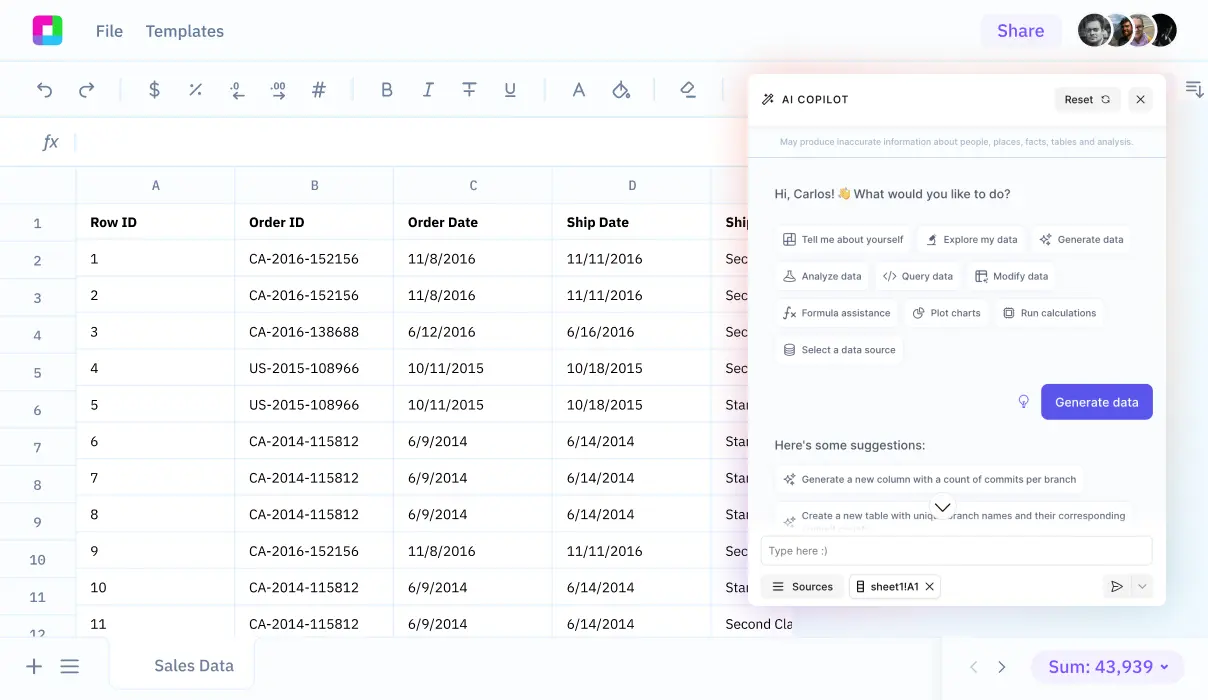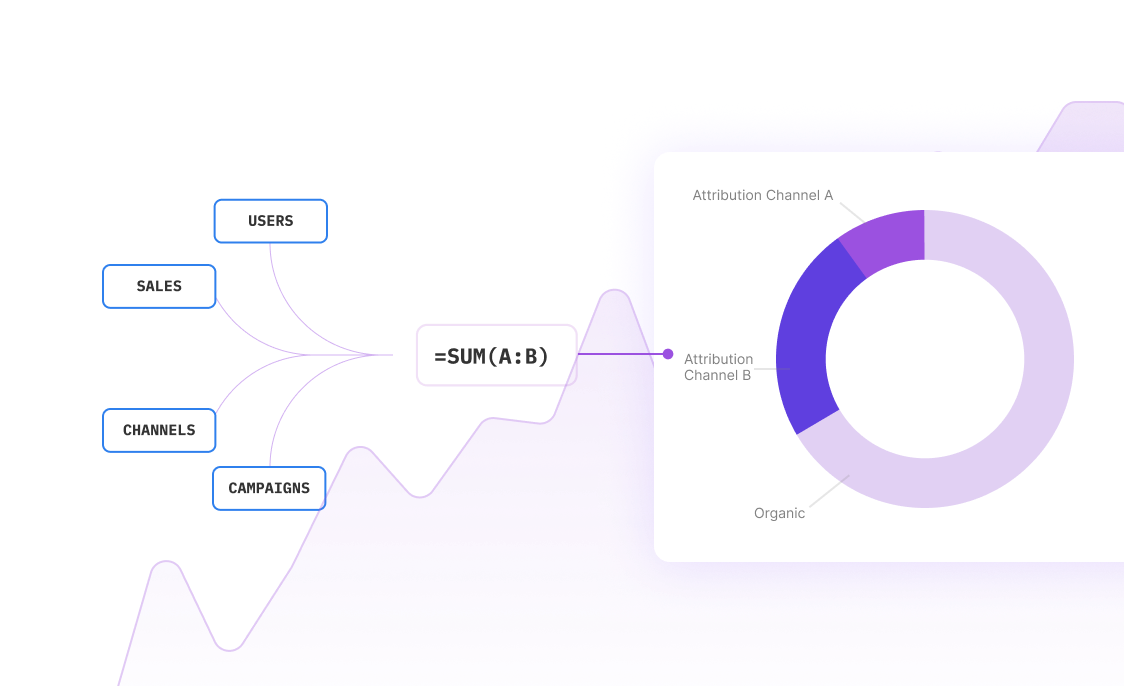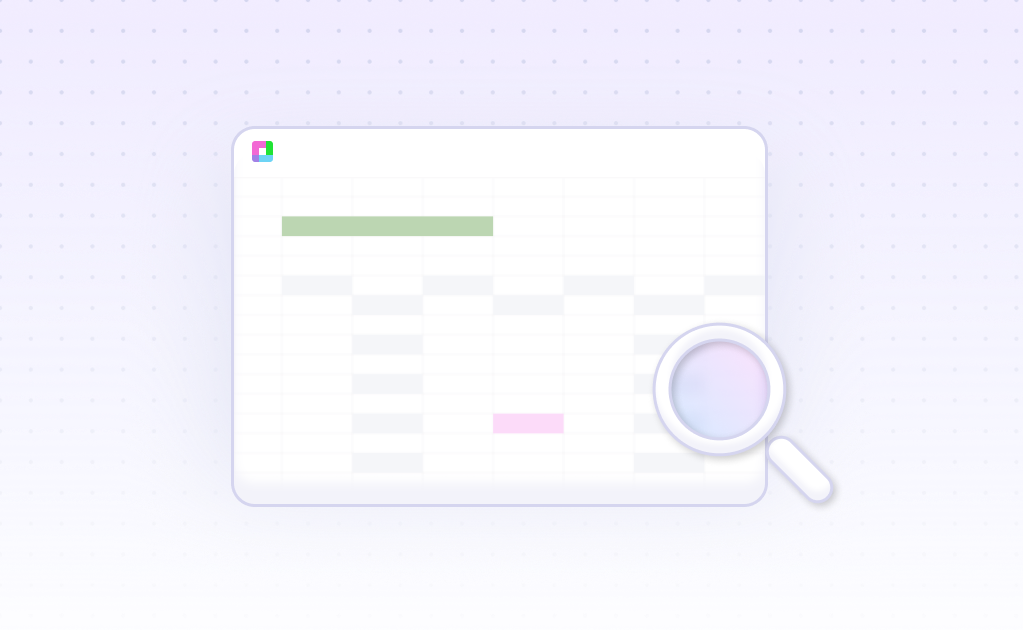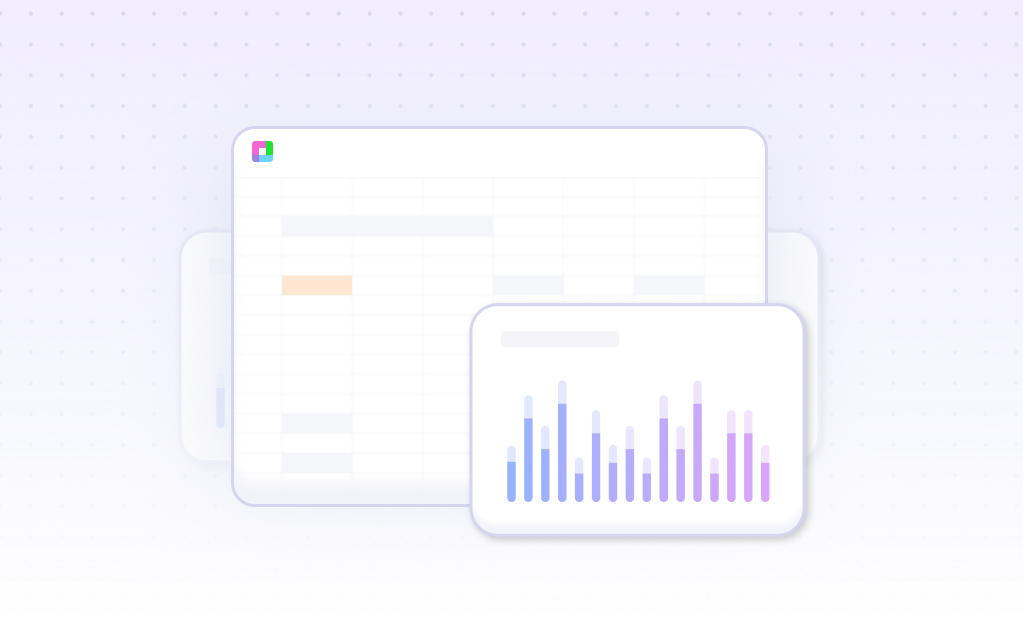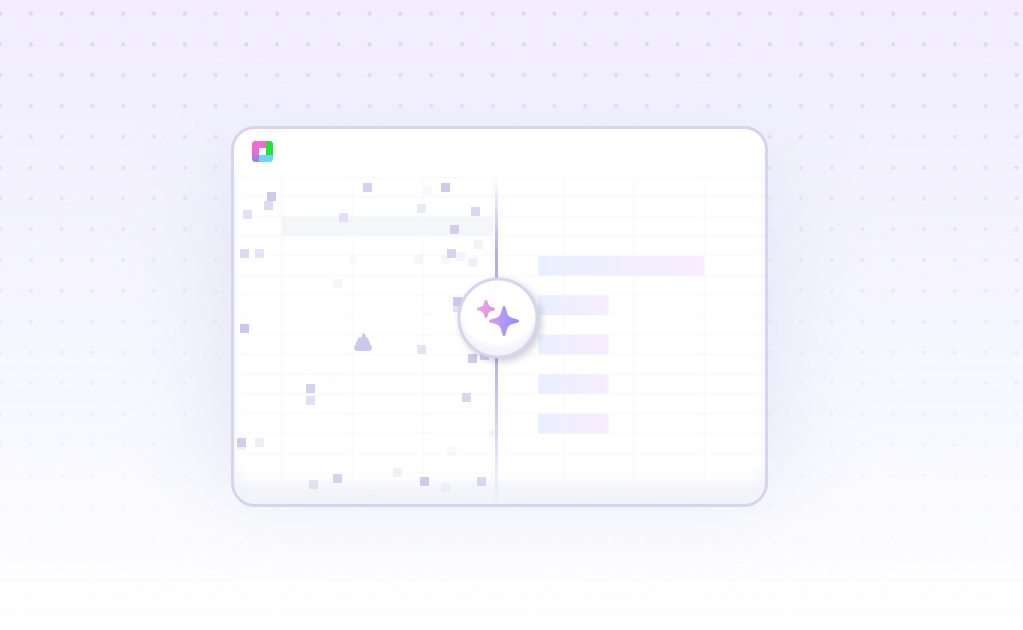
Introduction
Environmental impact analysis helps organizations understand and document their effects on the environment. While Excel templates offer a structured way to conduct environmental scans and track findings, modern AI-powered alternatives streamline this process. Sourcetable combines AI-driven formulas, automated data cleaning, and advanced analytical capabilities to simplify environmental analysis. The platform integrates with SQL and Python, generates interactive charts, and enables voice-driven data interaction. Using AI for environmental analysis provides near real-time insights, tracks methane emissions, monitors air quality, and calculates product environmental footprints. Learn how Sourcetable's AI capabilities transform environmental impact analysis, which you can experience at sourcetable.com/signup.
Why Sourcetable Is Superior for Environmental Impact Analysis
Environmental Impact Assessment (EIA) demands efficient data analysis and stakeholder engagement. While Excel relies on rigid pivot tables and structured data, Sourcetable's AI-powered capabilities transform environmental analysis through natural language processing and automated visualization.
Advantages Over Traditional Excel Methods
Excel's traditional approach requires manual pivot table creation from source data, limiting analysis flexibility. Sourcetable streamlines this process by allowing natural language queries, making environmental data exploration more efficient and time-saving.
Enhanced EIA Implementation
Sourcetable's AI integration better supports core EIA objectives, including early impact identification and environmental consideration integration. Its automated analysis capabilities enable more comprehensive resource protection and ecosystem assessment than Excel's manual methods.
Stakeholder Communication
While Excel presentations rely on static pivot tables, Sourcetable's dynamic visualizations and reporting features enhance stakeholder engagement. This improved communication supports sustainable development goals and public participation in environmental decision-making.
Benefits of Environmental Impact Analysis with Sourcetable
Environmental Impact Analysis (EIA) systematically evaluates proposed projects to identify and prevent potential environmental impacts. This process protects natural resources and ecosystems while ensuring projects remain economically, environmentally, and socially responsible. EIA identifies areas of high ecological importance and promotes sustainable development through stakeholder engagement and public awareness.
Enhanced Analysis with AI-Powered Tools
Sourcetable's AI capabilities reveal hidden patterns and trends within environmental data, enabling deeper insights for better decision-making. The platform automates repetitive tasks like data entry, cleaning, and formatting, allowing analysts to focus on strategic environmental assessment and mitigation planning.
By streamlining the EIA process through natural language processing and automated visualization tools, Sourcetable helps decision-makers implement preventive measures and protect ecological resources more efficiently. This technological approach enhances stakeholder engagement while maintaining environmental responsibility.
Environmental Impact Analysis with Sourcetable: AI-Powered Spreadsheet Solutions
Sourcetable offers advanced environmental analysis capabilities through its AI-powered platform that integrates with over 100 data sources. The platform's automated data cleaning and voice-driven interactions streamline environmental data management compared to traditional Excel workflows.
Key Analysis Features
The AI Chart Generator visualizes environmental data trends while SQL and Python integration enables complex analysis of pollution, carbon footprints, and habitat mapping. Machine learning integration supports forecasting air pollution levels and predicting soil contamination impacts.
Environmental Applications
Environmental consultants can leverage Sourcetable for species distribution modeling, forest health monitoring, and conservation planning. The platform's automation capabilities assist in analyzing UAV imagery for illegal landfill detection and creating protective zones for biodiversity preservation.
Data Management Benefits
Voice commands and automated cleaning reduce manual data processing time. Integration with multiple platforms centralizes environmental data collection while maintaining analysis efficiency. The AI-driven workflow enables faster, more accurate environmental impact assessments.
Environmental Impact Analysis Use Cases for Sourcetable
Carbon Emissions Data Cleaning |
Clean and standardize raw carbon emissions data from multiple sources using AI-powered data cleaning capabilities. |
Automated Research Integration |
Automate the collection and analysis of environmental impact data through Sourcetable's research automation features. |
Carbon Accounting Analysis |
Analyze carbon accounting data with enhanced processing speed powered by Groq LPUTM technology. |
Data Analysis Optimization |
Perform complex environmental data analysis tasks with Sourcetable's AI-enhanced spreadsheet capabilities. |
Frequently Asked Questions
What is environmental impact analysis and why is it important?
Environmental Impact Assessment (EIA) is a systematic process that identifies, evaluates, and analyzes significant environmental, socio-economic, and cultural impacts before implementing a project. It helps decision-makers reduce negative impacts and supports environmentally friendly and sustainable development through public participation and mitigation actions.
How can I perform environmental impact analysis using AI-powered spreadsheets?
You can use AI-powered tools like Sourcetable to analyze environmental data more efficiently than traditional spreadsheets like Excel. The environmental sector is in early stages of AI adoption, and using AI for environmental data analysis can save time while helping identify, predict, and evaluate various impacts.
What are the benefits of using responsible analytics tools for environmental impact analysis?
Using responsible analytics tools can minimize environmental impact, bring environmental benefits, and avoid widespread negative impacts. Choosing tools that comply with data protection regulations can help minimize environmental impact, and selecting efficient tools is important for responsible environmental analysis.
Conclusion
Environmental impact analysis has evolved beyond traditional Excel-based methods. While Excel's carbon calculator add-in offers essential features like scope 1, 2, and 3 emissions calculations through Climatiq's database, modern AI-powered alternatives like Sourcetable provide enhanced capabilities. Sourcetable combines familiar spreadsheet functionality with AI assistance, real-time data syncing, and cloud computing power to accelerate environmental analysis. For a powerful solution that merges Excel's familiarity with AI-driven insights, try Sourcetable at sourcetable.com/signup.
Both tools serve distinct needs in environmental analysis. Excel's carbon calculator handles up to 500 calculations monthly through custom formulas, ideal for smaller organizations. Sourcetable scales to billion-row datasets with sub-second processing, while its AI copilot assists in environmental scan research, analysis, and reporting. This combination of speed, intelligence, and familiar spreadsheet interface makes Sourcetable an efficient choice for comprehensive environmental impact assessment.
Frequently Asked Questions
If you question is not covered here, you can contact our team.
Contact Us
